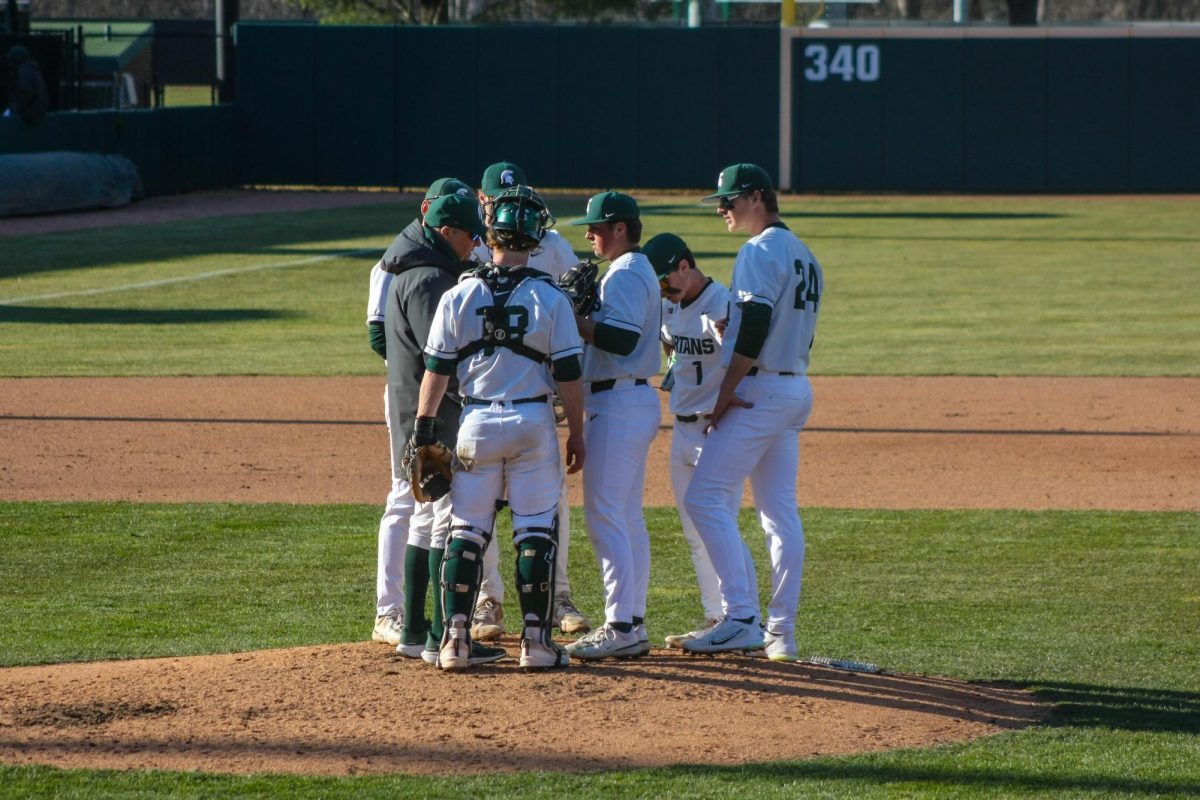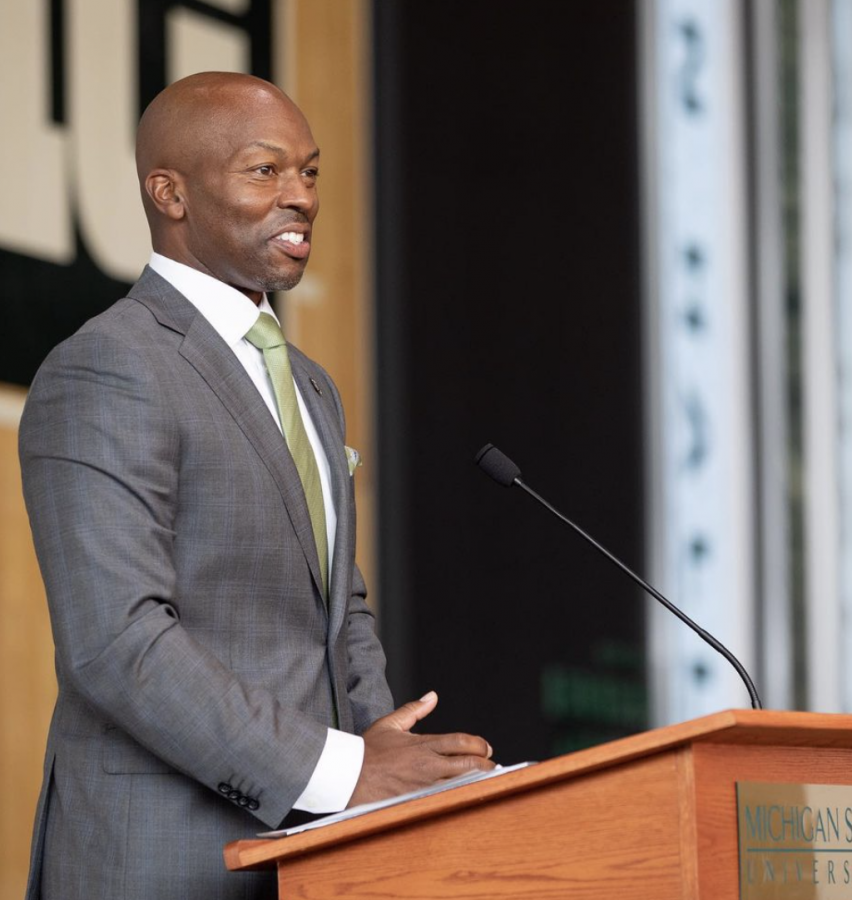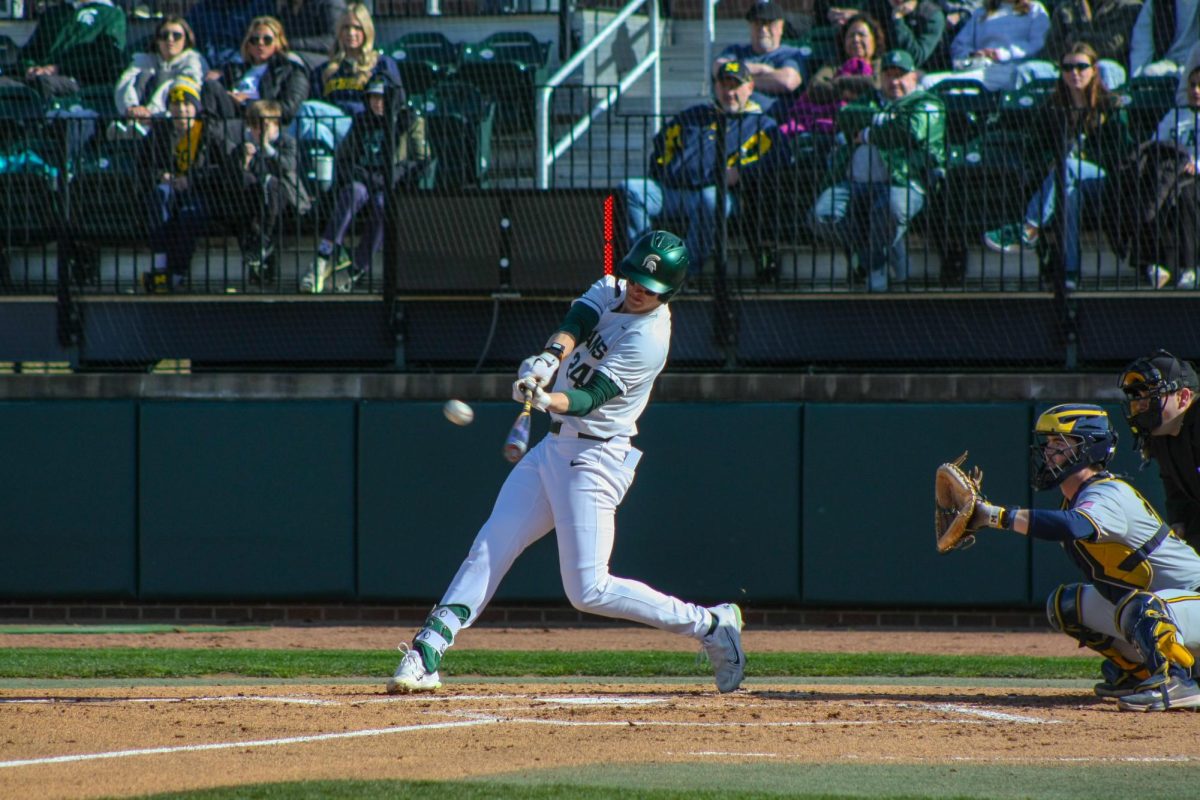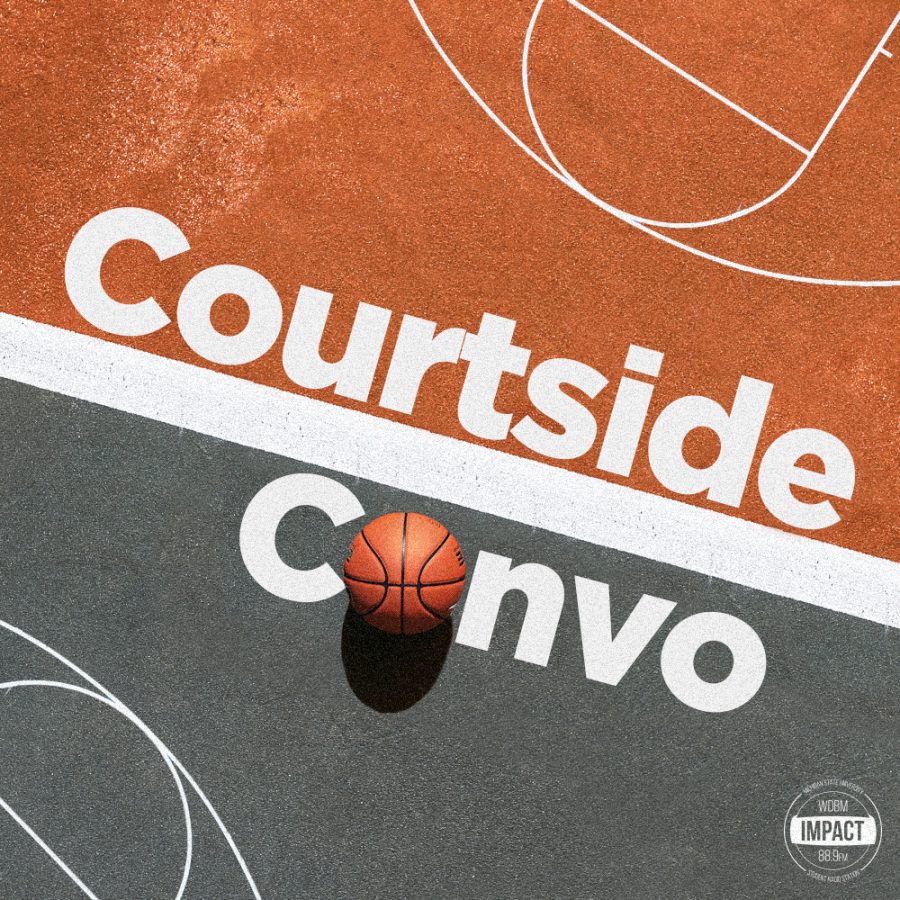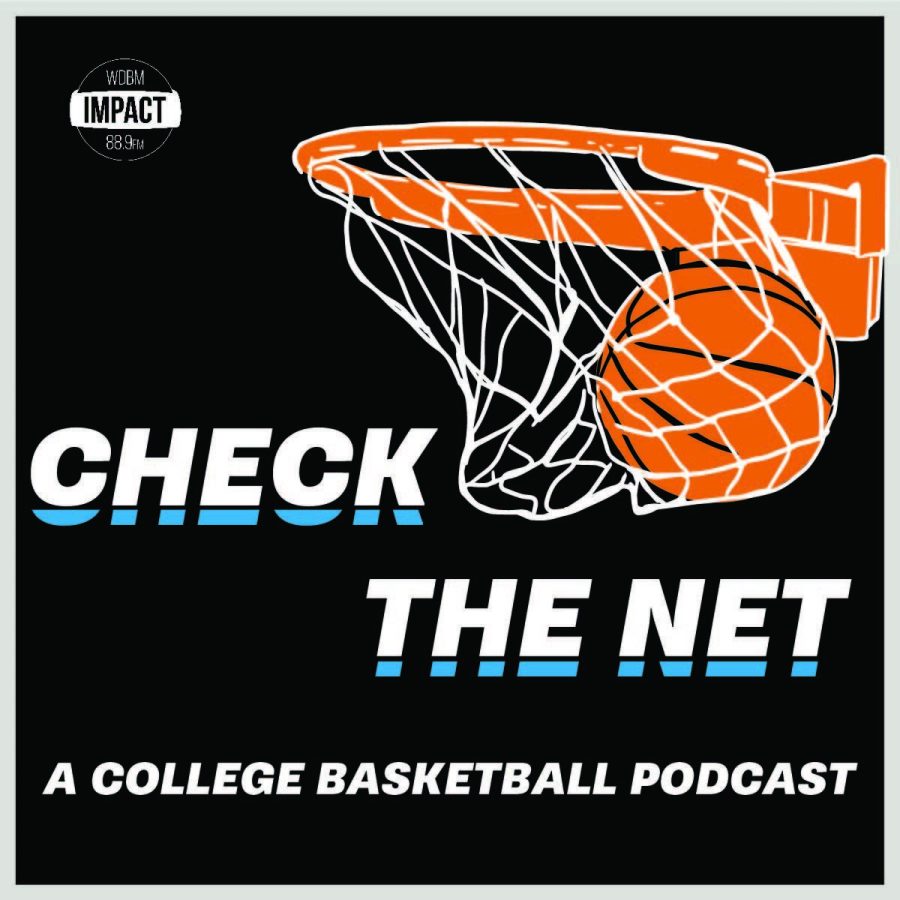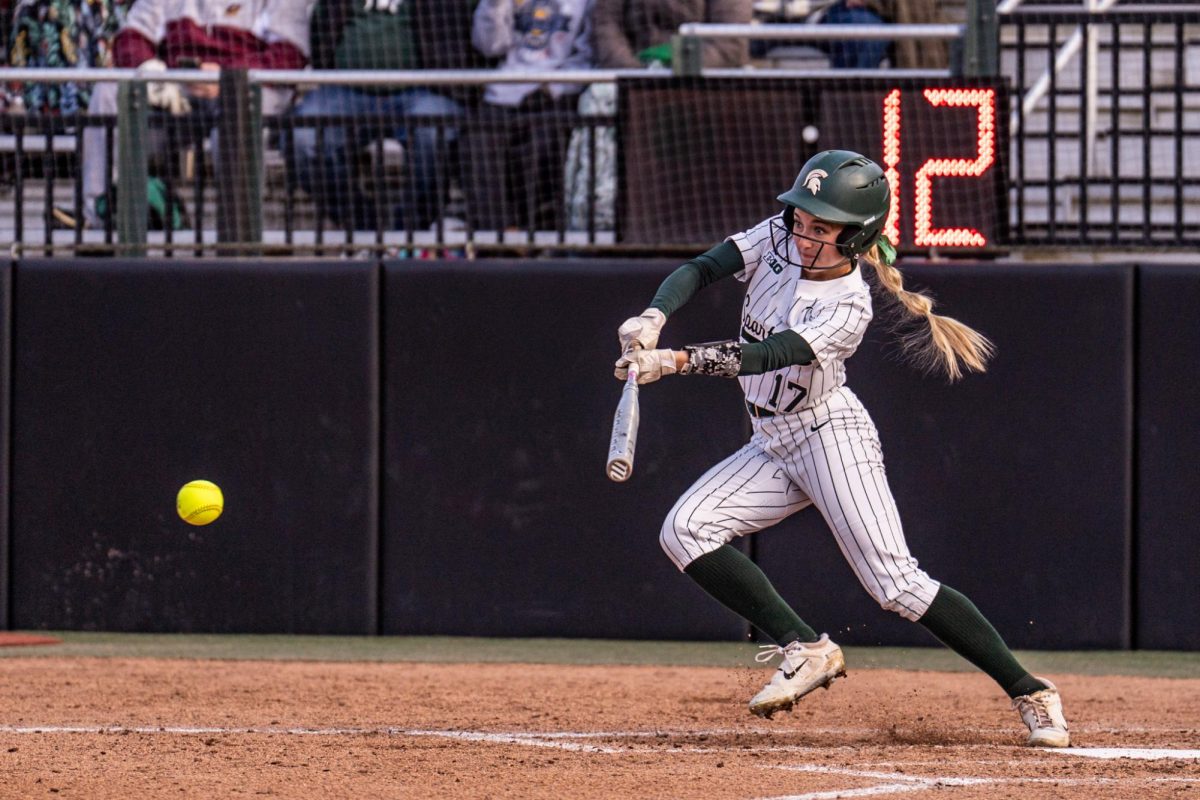2017 was a miserable year for the Detroit Tigers. They finished with an MLB-worst 98 losses, their highest total since the historically bad 2003 season in which they lost 119 games, the sixth-most losses by a team since 1900.
The 2017 Tigers failed to succeed even with a team full of star players being on their roster for most, if not all, of the season, including outfielders Justin Upton and JD Martinez, second baseman Ian Kinsler and starting pitcher Justin Verlander. Since the trade deadline, all of the players previously mentioned are now wearing another team’s uniform, so it’s conceivable that the Tigers will lose somewhere north of 100 games in 2017.
Fangraphs.com has projected the Tigers to finish with a 71-91 record in the 2018 season, tied for the fourth-worst record in baseball, yet finishing third place in the American League Central division ahead of the Kansas City Royals and the Chicago White Sox. Not a season to remember, but still a 28-game improvement over their 2003 season.
Here’s how the two teams match up.
At the plate
2003’s Tigers posted the worst batting average (.240) and OBP (.300) along with the third-worst slugging percentage (.375) and second fewest runs scored in the MLB (591). The 2018 Tigers should have no problem outperforming the 2003 Tigers at the plate.
The 2003 Tigers offense was an absolute trainwreck, but would have been even worse if it weren’t for designated hitter Dimitri Young, who put up a .297/.372/.537 slash line along with 29 home runs and 89 RBI.
Outfielders Craig Monroe and Alex Sanchez also made solid contributions offensively. Monroe hit 23 home runs and drove in 70 RBIs, second most on the team in both categories. Sanchez put up a .289 batting average and led the team with 44 stolen bases.
Third baseman Eric Munson also put up impressive power numbers in his limited 2003 season, hitting 18 home runs in 357 at bats and had the best AB/HR mark on the team (19.83).
The 2017 Tigers were in the top half of the MLB in batting average (.258), hits (1434), doubles (289), triples (35) and total bases (2355) in 2017, and was in the top-10 in batting average (.263), hits (684), doubles (133) and triples (17) after the All-Star break when some of the team’s best hitters were being shipped away.
The 2018 team will still feature superstar slugger Miguel Cabrera, along with a number of other productive contributors. Although Cabrera had the worst season of his career, he was still hitting the ball as hard as ever. Cabrera’s average exit velocity on balls put in play was 91.2 miles per hour, good for 13th in the MLB and ranking above superstars Mike Trout and Bryce Harper. So, a little bit of his drop off can be attributed to bad luck. Expect Cabrera to be somewhat productive again in 2018.
Right fielder Nicholas Castellanos is coming off of a season in which he hit career highs in home runs (26), RBIs (101), doubles (36), triples (10) and plate appearances (665). The 25-year-old is primed to build off his career year and put up even bigger numbers in 2018.
There are a number of others who showed glimpses of potential in 2017. Third baseman Jeimer Candelario had a strong showing in his limited time, posting a .330/.406/.468 slash line and 2 home runs over 106 plate appearances with the Tigers. Catcher James McCann had a strong finish to his 2017 season, posting a .291/.345/.414 slash line after the All Star break. If his second-half success carries over, McCann will be key piece in the Tigers’ lineup.
If you take away a miserable month of August for Mikie Mahtook, he would have hit .289 on the season. Mahtook hit 12 home runs in 348 at bats. If Mahtook were to keep that pace up over the course of a whole season, his home run totals would end up around the 20 mark, nothing crazy given last year’s spike across the league. If he can stay more consistent, he will be a solid contributor at the plate.
On the mound
Even with the current state of the Tigers’ roster, it’s hard to imagine being as bad as the 2003 team. The 2003 Tigers were a complete mess, performing near the bottom of the league in just about every category. The pitching staff finished with a 5.30 ERA, the second-worst in baseball that season, along with 764 strikeouts, the fewest in baseball, and a 1.51 WHIP, the third-worst in the MLB.
If there was one thing that can be attributed for the Tigers’ 2017 woes, it would be their pitching staff. The they were very comparable to the 2003 staff, finishing the season with a 5.36 ERA and a 1.50 WHIP, both worst in the MLB, and 1202 strikeouts, the fifth fewest in the MLB.
If there was a winner between the two pitching staffs, it would be the 2018 staff by a hair. The 2003 bullpen was a complete mess. Not a single reliever reached double digits in saves and the lowest ERA belonged to Jamie Walker (3.32), who was the only pitcher on the entire pitching staff to post a sub-four ERA over at least 16 innings pitched.
The Tigers have a solid closer in Shane Greene, who finished the 2017 season with a 2.66 ERA and locked down nine of his 10 save opportunities after the All-Star break. If that success carries over in 2018, the ninth inning shouldn’t be much of a concern for fans.
The 2003 rotation was just as much of a mess as the bullpen was. The best pitcher in the rotation that season was Nate Cornejo, who pitched a 4.67 ERA, which was oddly low considering his 1.51 WHIP and 2.1 K/9. The rest of the rotation featured Mike Maroth, Adam Bernero, Gary Knotts and rookie Jeremy Bonderman, all of which posted ERAs well over five.
The 2018 team also has an established ace at the top of the rotation in Michael Fulmer, who, since putting on a Tigers uniform, has pitched to a 3.45 ERA and a 1.14 WHIP.
The 2018 staff also have some potential comeback candidates in lefty Daniel Norris and righty Jordan Zimmermann. Norris posted a 3.55 ERA with a 1.30 WHIP and a 8.1 K/9 in his 27 games pitched over the 2015 and 2016 seasons. Zimmermann cannot get much worse than his first two years in Detroit, where he posted a 6.08 ERA in 2017 and saw his opponents’ batting average jump to .308. If the two can rebound in 2018, the pitching rotation could actually be one of the few strong points on a weak team.
In the field
The 2003 Tigers had a .978 fielding percentage, the second-worst in baseball that season, and committed the second-most errors with 138. Tiger catchers also allowed 128 stolen bases, the most in the MLB.
The 2017 Tigers had a .985 fielding percentage, 10th best in baseball and they ranked ninth in fewest errors committed with 84. They were also in the top half of the MLB in stolen bases allowed thanks to catcher James McCann, who threw out 24 base runners, tied for fifth-most in the MLB.
The 2018 Tigers should feature a much better defense. Up the middle, the Tigers will slot in Jose Iglesias at shortstop and Dixon Machado at second base. Iglesias, who known for his abundance of excellent plays on defense, owns a .986 fielding percentage, the highest among active shortstops since 2013. Machado’s career fielding percentage isn’t far behind his double play partner’s, as he owns a .980 fielding percentage in the infield. If the pitchers can induce ground balls, the middle of the infield is going to be a vacuum.
The Tigers have added center fielder Leonys Martin over the offseason, who has a .987 fielding percentage over 556 games in center field. From 2013-2016, Martin owned the seventh-best fielding percentage among center fielder at .987. The Tigers should have no worries up the middle in 2018.
The only real defensive liability the Tigers seem to have in 2018 would be Castellanos in right field. Castellanos spent his first four seasons in the majors at third base. In 2017, Castellanos had a .939 fielding percentage, the worst among qualified third basemen in the MLB, which is what prompted the move to the outfield. Castellanos’ fielding percentage in the outfield is .969. If Castellanos had enough innings logged to qualify, he would have had the fourth-worst fielding percentage among outfielders last season.
The 2018 Tigers are going to be better than the 2003 Tigers in just about every area of the game. But that isn’t saying much, as the 2003 team was historically bad.




